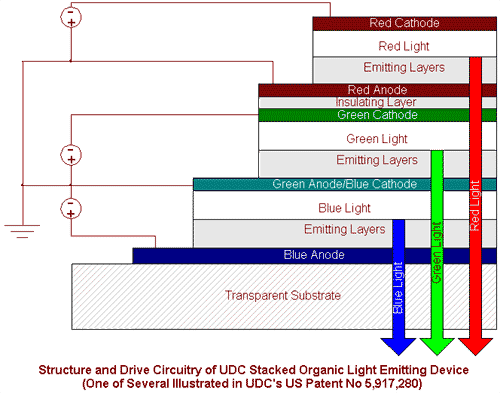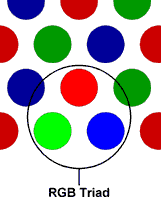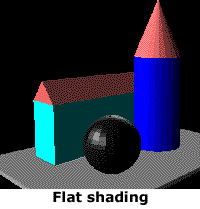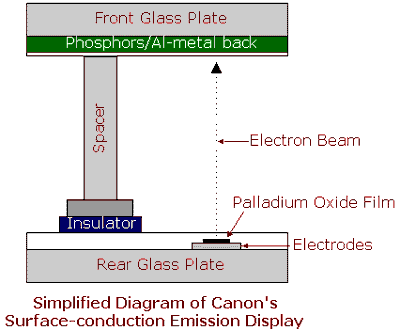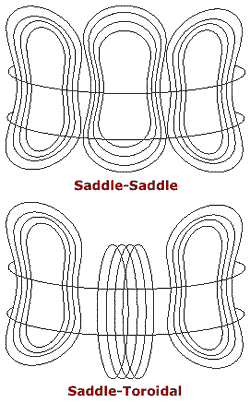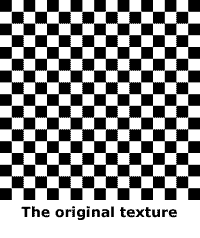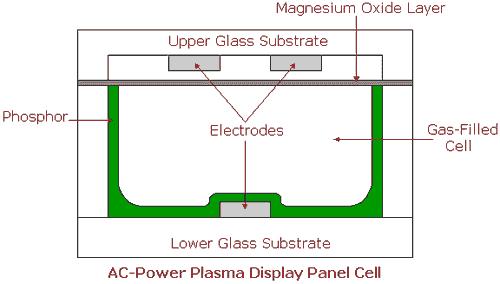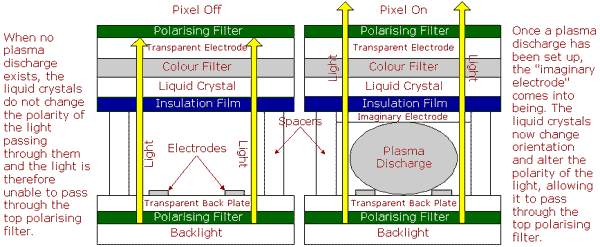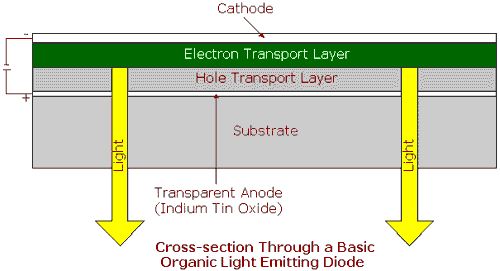SOLED
The Universal Display Corporation (UDC) is one of the most prominent developers of Organic Light Emitting Devices (OLEDs). Working with researchers at Princeton University and the University of Southern California, it has produced several variations of the OLED designed to help it achieve its goal of developing multi-purpose flat screen monitors which can be wall, … Read more

